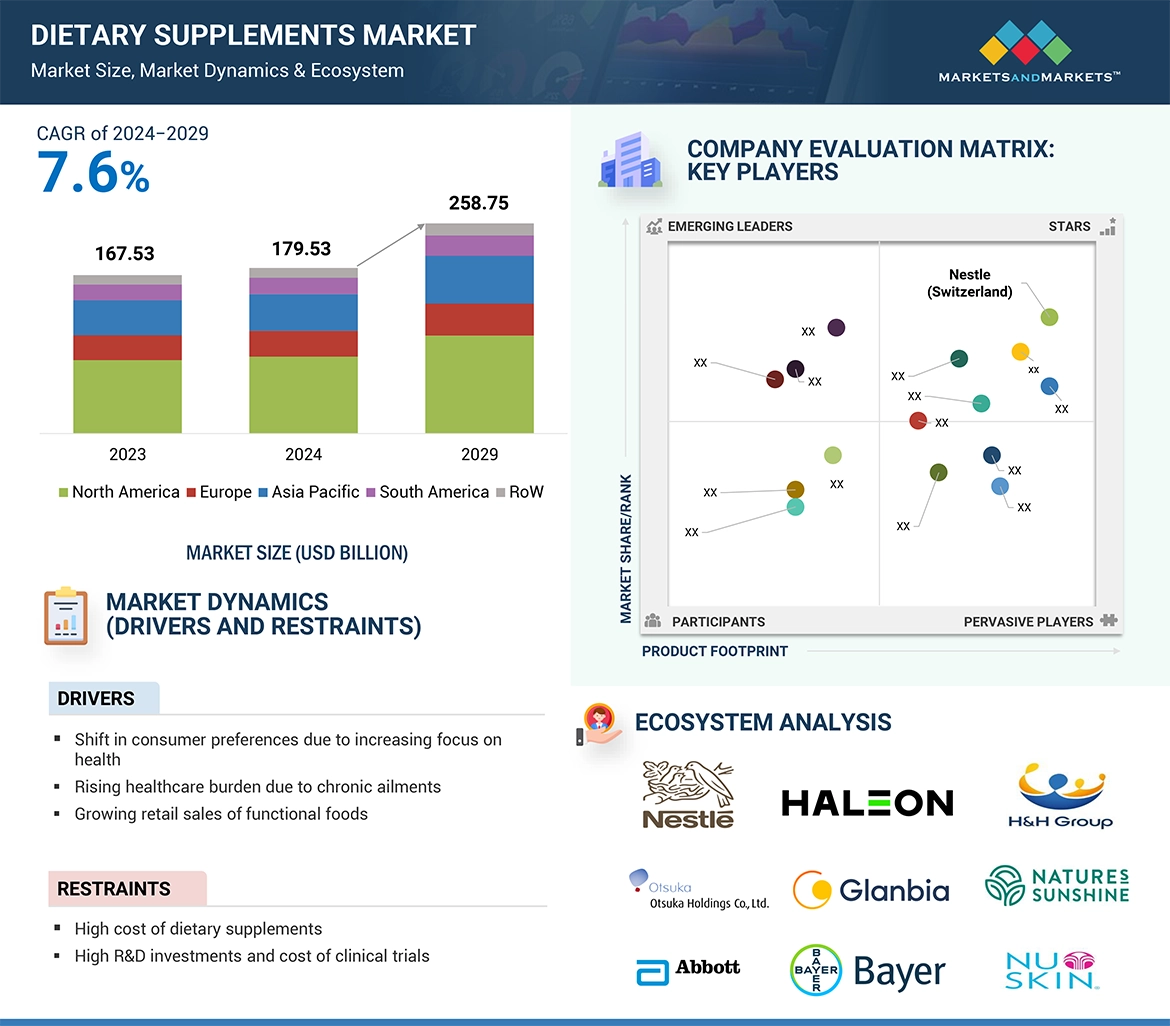Overview of Regulatory Challenges in the Supplement Industry
The dietary supplement industry faces a complex and evolving regulatory landscape, both in the United States and globally. While the U.S. Food and Drug Administration (FDA) is the primary federal regulator, statutory limitations, rapid market growth, and a lack of international consensus on product definitions create significant challenges for ensuring product safety, quality, and truthful marketing.
Key Regulatory Issues
Post-Market Oversight
Unlike pharmaceuticals, dietary supplements do not require premarket approval from the FDA. Instead, the FDA’s main regulatory role is post-market surveillance—monitoring products already on the market for safety issues, manufacturing violations, and improper labeling or marketing. The agency relies on adverse event reports, product testing, and facility inspections to identify problems, but lacks a systematic way to know when new products enter the market or what they contain.
Limited FDA Authority and Resources
The Dietary Supplement Health and Education Act (DSHEA) of 1994 governs supplement regulation in the U.S., but it limits the FDA’s ability to proactively ensure safety before products reach consumers. The agency’s resources are also stretched thin given the industry’s rapid growth—from 4,000 products in 1994 to an estimated 80,000 today. This regulatory gap increases public health risks and has led to calls for legislative reform to modernize oversight.
Labeling and Marketing Claims
Supplement manufacturers must ensure that product labels are truthful and not misleading. However, enforcement often occurs after the fact, and companies face potential class action lawsuits in state courts for labeling discrepancies or unsubstantiated claims. Some states have enacted additional restrictions, such as age limits on the sale of weight loss or muscle-building supplements.
Global Regulatory Divergence
Internationally, there is no consensus on how to define or regulate dietary supplements, leading to inconsistent standards and market uncertainty. This complicates compliance for companies operating across borders and can affect the global supply chain.
Recent and Proposed Regulatory Developments
Calls for Reform
Major medical and public health organizations, including the American Medical Association (AMA), advocate for enhanced FDA resources, mandatory product listing, modernization of DSHEA, and improved education for both healthcare providers and consumers. These reforms aim to increase supply chain transparency, improve label literacy, and strengthen adverse event reporting.
State-Level Initiatives
Some U.S. states have introduced laws that go beyond federal requirements, such as banning the sale of certain supplements to minors. While these measures aim to protect vulnerable populations, they also create a patchwork of regulations that supplement companies must navigate.
Industry and Legal Perspectives
Industry stakeholders emphasize the need for clear, predictable regulations to foster innovation and consumer trust. Legal experts highlight the importance of staying informed about regulatory updates, as changes can significantly impact manufacturing, labeling, and market access.
Strategies for Navigating Regulatory Challenges
- Stay Informed: Regularly monitor FDA announcements, state legislation, and international regulatory changes.
- Ensure Compliance: Adhere to Good Manufacturing Practices (GMPs), maintain accurate labeling, and substantiate all marketing claims.
- Engage in Advocacy: Participate in industry groups and public comment periods to shape future regulations.
- Invest in Education: Train staff and educate consumers about supplement risks, benefits, and regulatory standards.
- Prepare for Litigation: Be aware of the potential for class action lawsuits related to labeling and marketing practices.
Conclusion
Navigating regulatory challenges in the supplement industry requires vigilance, adaptability, and a proactive approach to compliance. While the current system has gaps, ongoing calls for reform and increased transparency suggest that the regulatory environment may evolve to better protect public health and support industry growth. Companies that prioritize quality, safety, and regulatory compliance will be best positioned to succeed in this dynamic market.





